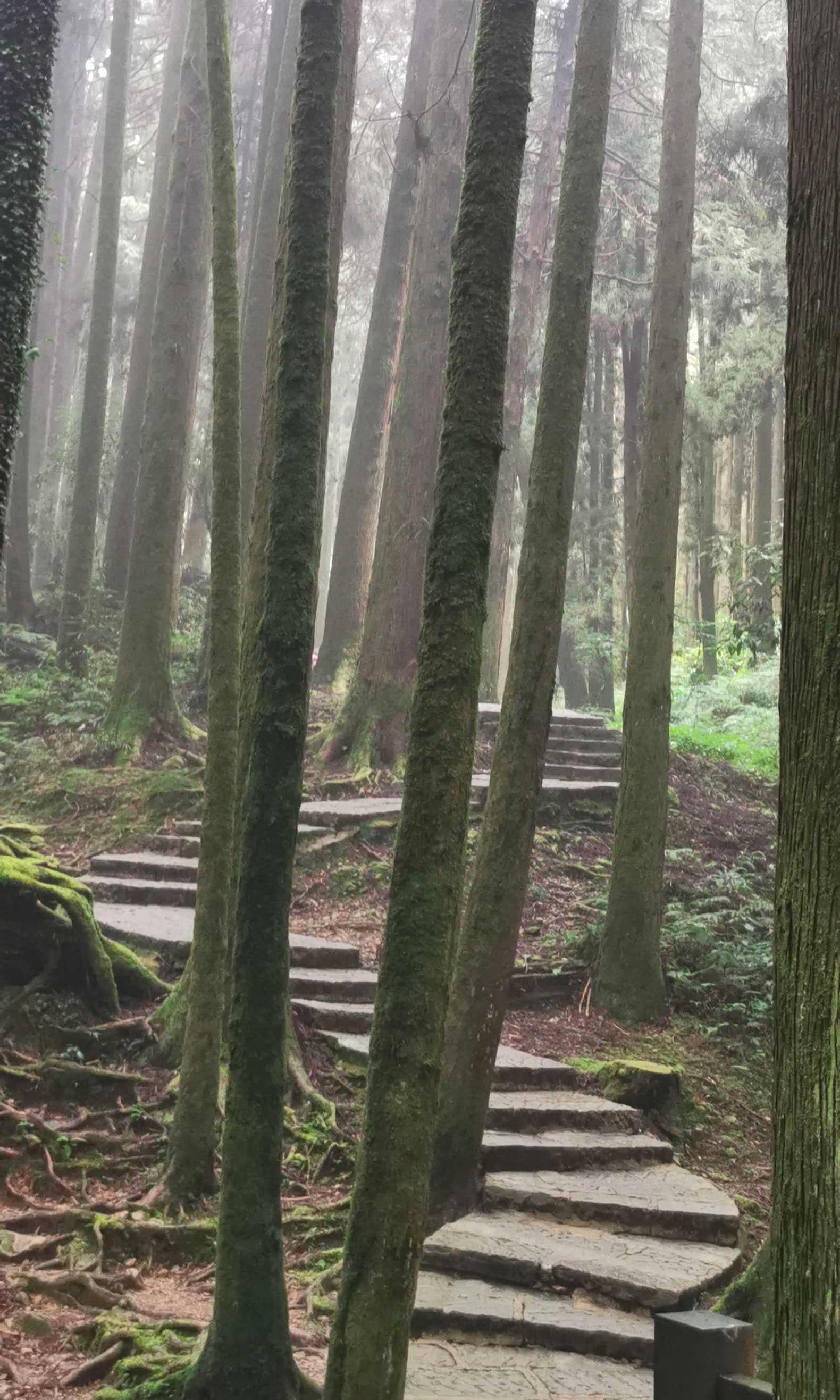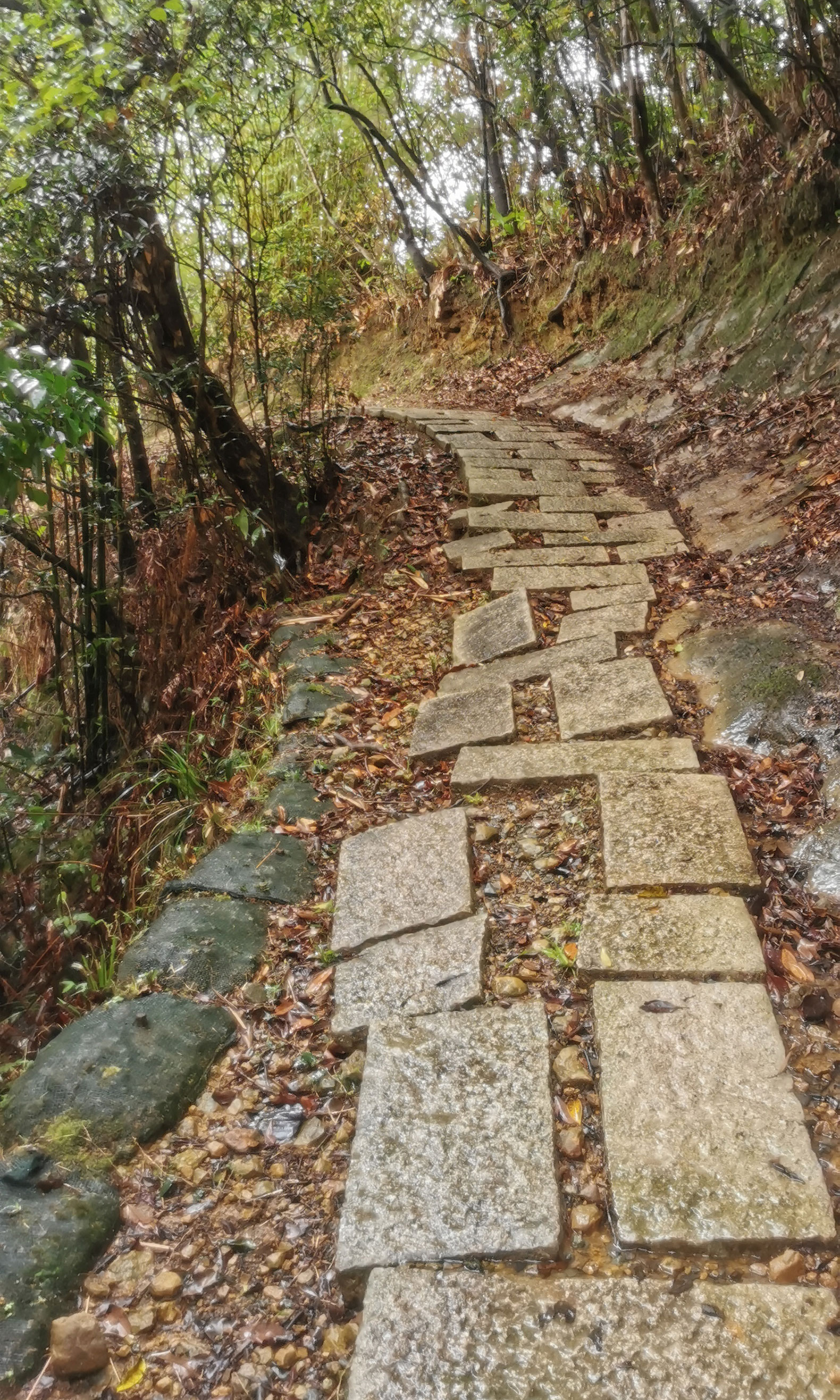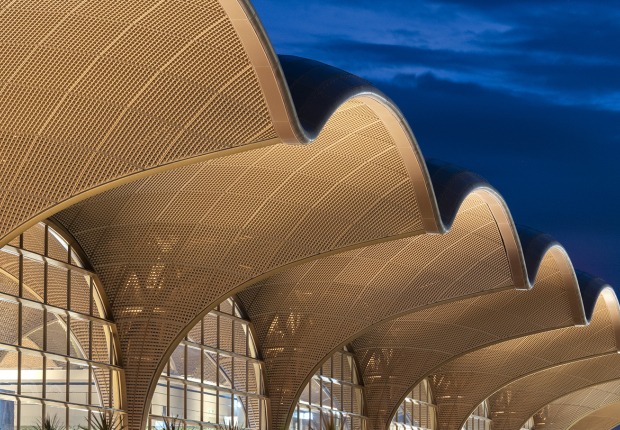His words would have been transcribed by an unknown disciple, and translated like this, in chapter eighteen:
"Coming out of the void – imperfection, and coagulation of the future, "Nan Shan has told us: Gardeners! When we undertake the creation of a garden, the most difficult case is that of a flat and empty land, a land as if in a state of abstraction, the white sheet of an existing plan. If you look at the empty land as if it were empty, the garden can never come into existence. […]
Without an initial imperfection, the realization has nothing to fall back on. It is said that still, pure water, without a grain of dust, can freeze suddenly, in the snap of a finger. Pure perfection collected in itself does not allow for the future […]
It is always through some imperfection through which man can begin the path.
Without an initial imperfection, the realization has nothing to fall back on. It is said that still, pure water, without a grain of dust, can freeze suddenly, in the snap of a finger. Pure perfection collected in itself does not allow for the future […]
It is always through some imperfection through which man can begin the path.

The Dark Line by Michèle & Miquel and dA VISION DESIGN. Photograph by LU Yu-Jui.
The master gardener visits the site of the future garden and will return later. He observes the course of the sun, the lights, and shadows at different times of the day, in different seasons, he looks into the distance and listens to the lowing of cattle ascending the plains, sometimes the ringing of a bell. He perfumes himself with the atmosphere of the place and observes inside how the dream of the garden takes shape, woven from the memory of paintings, poems, the memory of gardens, and grandiose landscapes. He focuses his desire by attuning it to what he is, adapting it to his know-how.
He observes perhaps a slight slope, the direction of the flow of the water. He takes action. There, from the buildings, a barely visible old path that heads towards a well, bordering an old stump, a landscape emerges from the shadow of an ancient use or a legend. Little by little, pavilions, ponds, mountains, and rockeries are installed in an imaginary space projected over the place. The garden is already conceived in the spirit, the garden has already emerged from the void."
He observes perhaps a slight slope, the direction of the flow of the water. He takes action. There, from the buildings, a barely visible old path that heads towards a well, bordering an old stump, a landscape emerges from the shadow of an ancient use or a legend. Little by little, pavilions, ponds, mountains, and rockeries are installed in an imaginary space projected over the place. The garden is already conceived in the spirit, the garden has already emerged from the void."

Taiwan Kinmen. Photograph by Michèle & Miquel.
However, when you are lucky enough to have a terrain with differentiated relief, with a wide range of open and bright spaces, or narrow and shady, you still have to know how to read the traces that men have left. How they inhabited it. How after a long time they have bowed to the demands of the landscape, its difficulties, and its resources. How they did it with him and not against him. How they took advantage of it. How they have admired and even revered it at times, on its peaks, in its fountains, in its ravines. How his already insatiable curiosity has traced paths, just like those of the hunter, just like the paths of the beasts that are called wild, condensing a large amount of knowledge, wisdom, tricks accumulated over centuries of experiences, failures, new attempts, successes. They are already a memory written on the very surface of the earth. Whoever knows how to read will read them.
Time passes, eras pass, and people and their brutalities pass. Should we, however, deny that this has been the case? That the traces of his logic or his madness are there, at our feet. Although it is unlikely that they will disappear. Although the causes that generated them, that marked the course of these new paths, are obsolete. Worse still, these reasons go against our decisions and our current dreams.

Gavarnie. Traces of the wind on the ice. Photograph by Michèle & Miquel.
The characteristic of our gestures and the traces they leave on the surface of the world is undoubtedly that of not closing in on themselves, that of being bearers of uncontrollable, involuntary, unpredictable meanings that go beyond the initial intention and of the functional utility that justified them.
When I take a narrow path, a path of nothing, so fragile, that perhaps it could disappear from lack of use, that it could fade away, how can I imagine that it is actually telling me a long and complex story, that it is an Odyssey, simple and modest, which nevertheless sings to me of the beauties of the landscape, which my ancestors chose, the rhythms of the march, the dreams and desires that accompanied them? I will only understand it, I will know it with certainty, only at the moment when the path ends at a fountain, at a ford, at a pass, at some special stone, raised there, at a megalithic monument, a human construction that seems to be eagerly searching its function, what made it tangible.

Taiwan. Alishan Path Line. Photograph by Michèle & Miquel.
Then I will sink into the abyss of my thoughts, of my dreams: to see this path again through the eyes of those who traced it, of those who wanted it, of those who used it. Not only my ancestors from a certain era, because I would love it more than others, but from all these overlapping eras, in which each one had a different look, a different desire, a different strategy to overcome obstacles, ravines and passes, and different means to do so, more or less flexible, ingenious, or violent. The landscape is no longer a map, but a book with multiple pages that I leaf through in all directions, going, returning, dreaming, marveling, sometimes hurting, questioning myself, always amazed by all these existences engraved on the surface of the landscape.
Making a project, it seems to me, is knowing how to read and decipher this page that seemed white or gray with so many scribbles, this erased manuscript, almost indecipherable, this palimpsest with cabalistic signs, which nevertheless hid all the memory of the world.

Taiwan. Sandiaoling Path Line. Photograph by Michèle & Miquel.
Then I manage to share, and accept, and then I feel everything that the landscape does to the architect.
Read and accept the place, its components, and even more so, time. That of the meteors, the rains, and the typhoons that have always shaped it and will continue to do so. That of plants, vegetation, and fauna, animals that also adapt to places, leaving their mark. Just as men and societies have left theirs over the centuries, according to their modes of production, the exploitation of the materials from which the world is made. Minerals and resources, pastures and streams, lush tropical plants, dazzling life forces.
This requires a new inventiveness, which takes simple, basic, essential materials, at a minimum, to give them just the necessary shape and slide them into this complex place, discreetly. Without ever hiding it but on the contrary, making it visible, or at least letting it be guessed, almost transparently. Reveal the matter, as the place offers it, in its own way. Water and silt, earth and lights, air and winds, carbonate or ferrous rocks, Bachelardian poetics of the world.

Taiwan. Alishan Railway Line. Photograph by Michèle & Miquel.
Even saying what is not, what is no longer. The absent or disappeared path that must be reinvented. Say what is full, say what is empty. The dizzying void and the cascading cliffs.
Economy of media. Soft shapes emerge from the slow curvature of a base element, simple, infinitely repeated, almost identical, but curving at tiny angles to adapt to the landscape. Like these notes, brief, but continually unfolding and modulated, composed in melodic rises, in inversions, in harmonic glides, they take us on a long beat, on a symphonic journey, the pastoral of a trans-historical landscape. How can so few notes, five, eight, or twelve, come together in a rich, diverse, unexpected journey, in a narrative of surprises?
It is a bit like the theory of limitation in literature, in all fields of art and aesthetics, a theory so well expressed by the Oulipo [the famous “workshop of potential literature” that illustrated the work of Georges Perec]. More than a supposed total freedom of the creative spirit, inspired by mysterious muses, it is the inventive and poetic genius, stimulated by restriction, by the question posed as a challenge, by the limitation of the means, when sensitive invention is born, full of meaning in close correspondence with the form offered.
Text by Philippe Bonnin




































